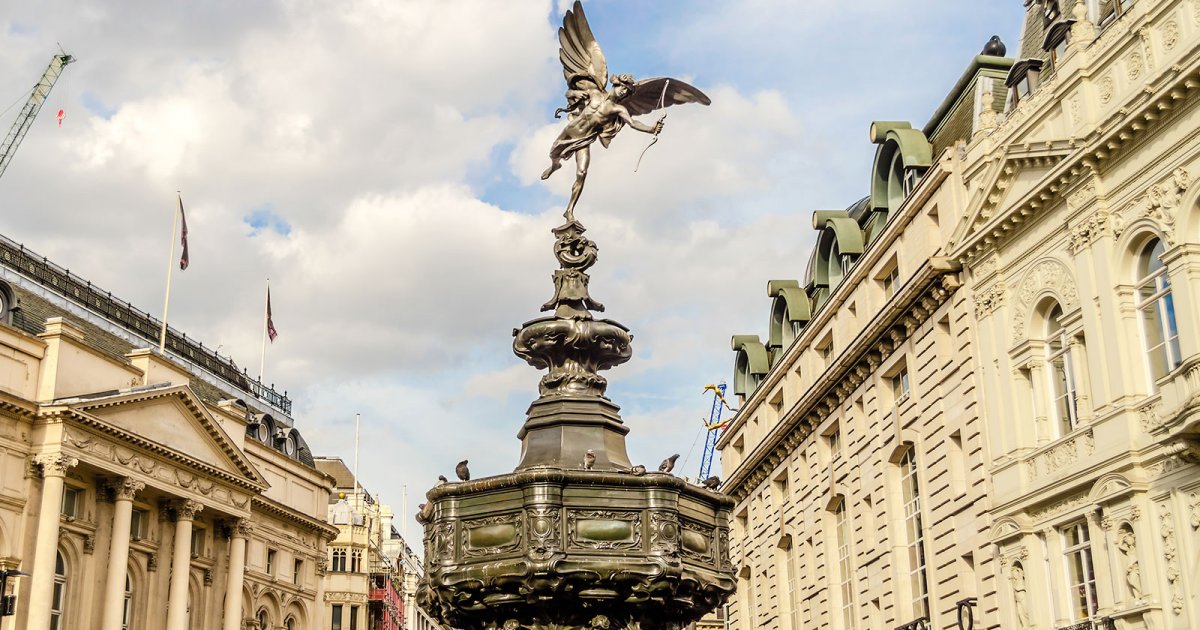PICCADILLY CIRCUS, Introduction
 Language: English / USA
Language: English / USA
Hi, I'm Ed, your personal guide. Together with MyWoWo, I'd like to welcome you to one of the wonders of the world.
Today I'll accompany you through Piccadilly Circus, the shopping mecca of London!
It seems that an English tailor who made a particular embroidered collar called "pickadil" gave the neighbourhood where you now stand its name. It is made up of a long road and a famous roundabout. Theatres, private clubs, refined residences, and elegant shops make this area one of London's most exclusive neighbourhoods, although its various names refer to very different historical origins: Haymarket was where fodder was sold for the stables, and Mayfair was where the annual cattle fair was held.
Today, the commercial artery of Piccadilly, which runs from Piccadilly Circus to Hyde Park, is one of the pulsating hearts of "swinging London", a public transport hub and shopping area, but this was once the extreme western outskirts of London. Around the 1600s the suburbs, which were often linked to aristocratic palaces, began to become chic residential neighbourhoods and soon took on a general Neoclassical appearance.
At the beginning of the street the urban architect John Nash conceived a round square and had the brainwave of fitting it with innovative shopping spaces by designing the first covered galleries, called "arcades". But today's Piccadilly Circus, with its almost entirely illuminated store fronts, preserves very little of its nineteenth-century buildings. Always busy with pedestrians and the typical double-decker buses, it is a mass of restaurants, theatres, cinemas, amusement arcades, shops, and even an entire building dedicated to entertainment, the London Trocadero.
The aluminium monument you see in the centre of the square is from the late-1800s and is supposed to represent Christian charity, but instead everyone thinks of it as Eros, the god of love!
Near Piccadilly Circus, I also suggest you make a stop at Waterloo Place, which is full of 19th-century monuments and statues. Number 6 is home to the glorious Royal Society, a legendary scientific institution with prestigious members including Newton and Darwin.
FUN FACT: during the Second World War, American soldiers based in London used to visit the nightclubs in this area. So many girls tried to entice them that they were nicknamed the "Piccadilly Commandos"!



